I've been brewing beer on occasion for over 20 years, starting when I was in college and learn such a thing was possible in my Science of Beverages class in my senior year.
Always lurking out beyond the homebrew scene was the idea of making spirits. More complicated than making beer or wine and requiring the use of a still, it seemed out of reach. Being officially illegal didn't help either. But the idea lingered on in the back of my mind.
Recently, I stumbled upon a device called an Easystill. Basically, it was a water distillation unit that could be used to distill alcohol as well. As Darth Vader would say, "All too easy..."
The idea of distillation is simple. Alcohol boils at a temperature less than water, so if you get temperature above 78 째C but below 100 째C, the alcohol becomes vapor, leaving the water behind. A still captures the vapor, cools it enough to turn it back to liquid, allowing you to capture it.
The EasyStill does all that in a tabletop device that you can store in the closet or garage when you are finished. Obviously, I had to order one.
I read up a lot at homedistiller.org and reddit/r/firewater while I waited for delivery.
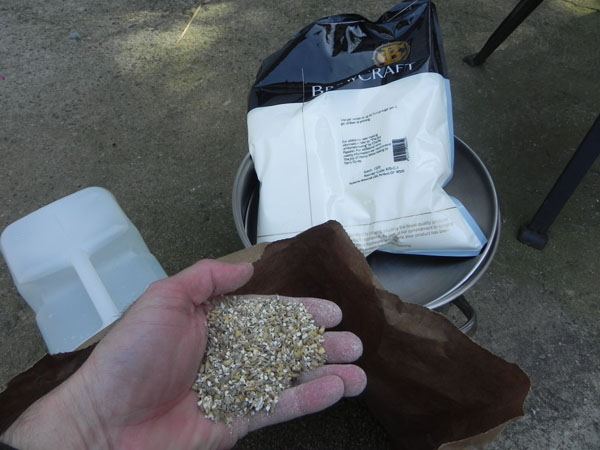
I started with making a simple wash. Moonshine people call it a wash, beer brewers call it a wort, but it's basically the same thing. I used 5 pounds of sugar, 2.5 pounds of cracked rye, and 2.5 pounds of malted barley. Traditional whiskey is made with sugar and corn, but I was hoping to get some rye flavors.
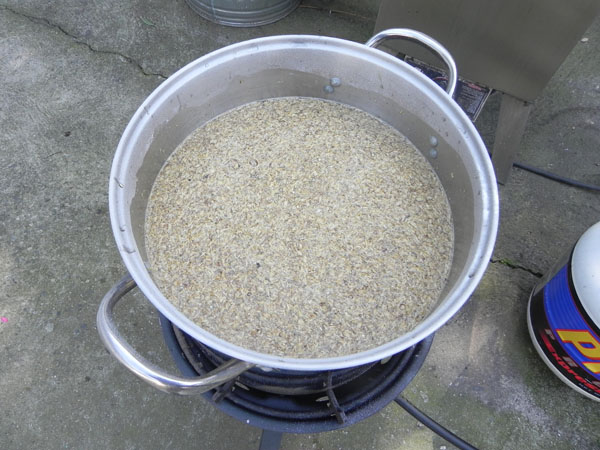
I cooked the wash at 155 째F for about ninety minutes. I probably should have used some sort of calculator to determine the optimal time and temperature to convert the most starch to sugar, but I'm not taking this too seriously. The wash was super sweet when I finished.
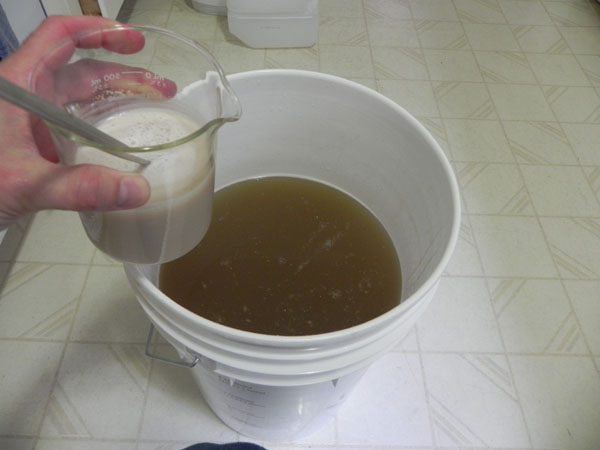
I strained out the grain from the wash and let it cool to around 95 째F and pitched 3 packages of champagne yeast into the fermenter. Ideally, I should have used a distiller's yeast with a higher alcohol tolerance, but the local shop didn't have any. Champagne yeast was the next best thing for allowing maximum alcohol conversion before the yeast died.

Put the fermenter top on, fill the airlock, and cross my fingers that the fermentation starts. So far this is exactly like the process for brewing beer.
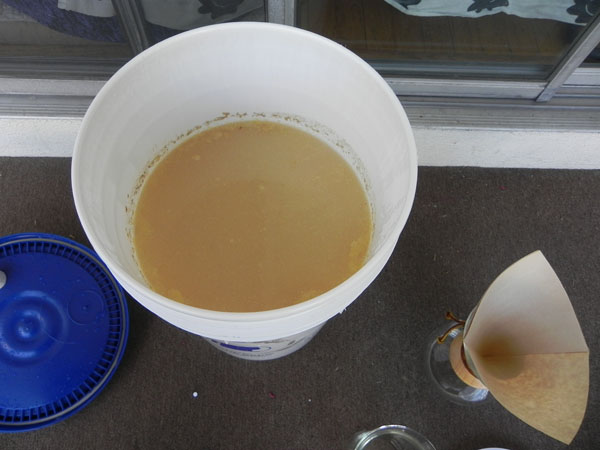
After about four days, the fermented stopped and I cracked the lid. Now was the moment of truth. The alcohol percentage was probably under 10% at this point. I didn't have a hydrometer, so I couldn't take an accurate reading.

I put 4 liters of wash into the fermenter and turned the EasyStill on. It had come with a long tube that I filled with activated charcoal. I couldn't figure out how they intended this to work, so I made do with this Rube Goldberg set-up.
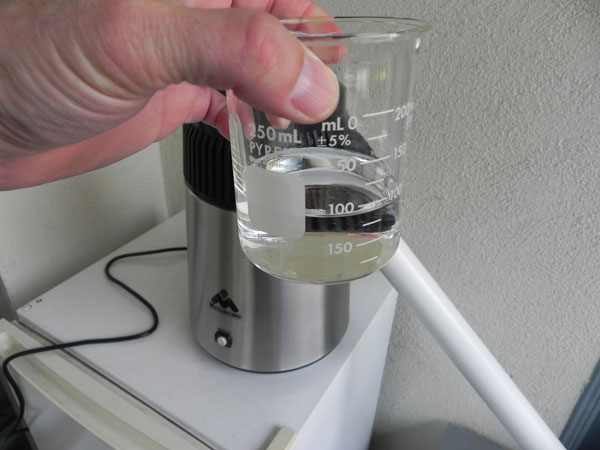
The first things that evaporate are the nasty things like methanol and other distillates that you shouldn't drink. The recommendation is to discard the first 50 mL that comes out, but I played it safe and tossed out double that, 100 mL, the so-called foreshot.
I then tasted what was dripping out, and sure enough it was alcohol. Success.

I started capturing in a larger container. From turning on the still to first drops took about 45-60 minutes, and then ran around 2 hours under there was more water than alcohol coming out.
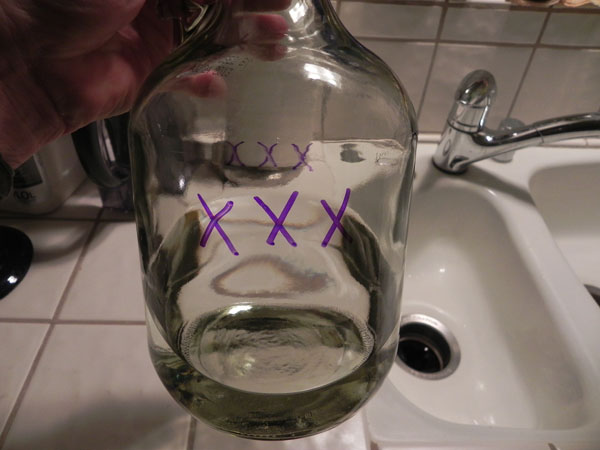
I did three runs of the wash and gathered up each into an old apple juice bottle, appropriately marked.
In total, I had around 3.5 liters of booze. I didn't have an alcoholmeter, so I didn't have an accurate reading, but it was probably 15-20% alcohol. The taste was smooth, but lacked any flavor characteristic of a whiskey or rye.
The guys are my local poker game seemed to enjoy it.
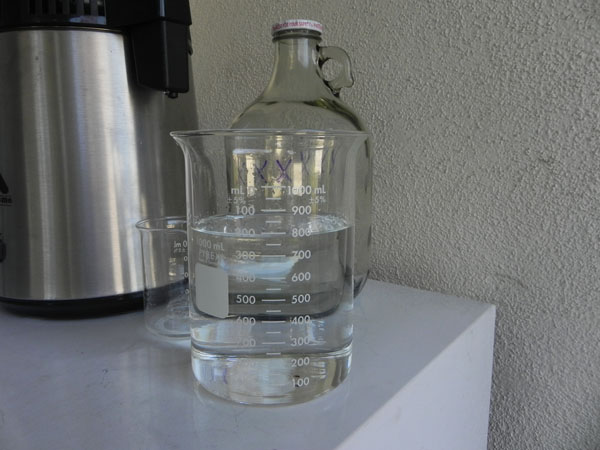
I wanted a strong liquor, so I ran the first pass through the still one more time. I ended up with 750 mL of final product.
At this point it tasted like a neutral spirit, like grain alcohol, without a lot of flavor, but smooth and not harsh. Enough to warm your insides, but not so strong to taste harsh.
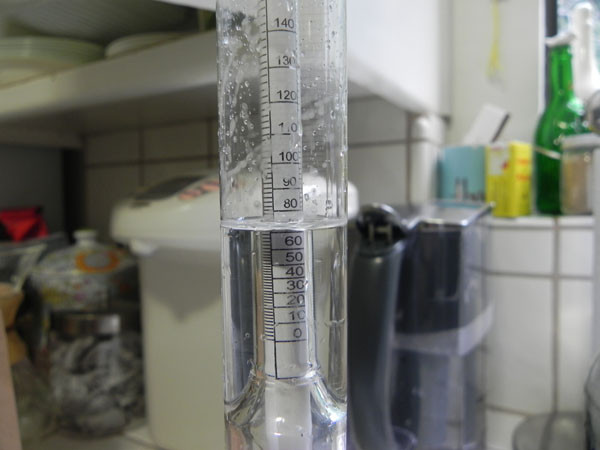
I had acquired an alcoholmeter by this point and found that the moonshine was 75 proof, meaning 37.5% alcohol, just a little bit less than store bought whiskey.
The real test was to see if people liked to drink it. I took it to a friend's BBQ and everyone sampled it. And they liked it! Some people drank multiple shots.
Obviously, there is a huge amount to learn about making whiskey that I haven't touched on from more complex recipes to maximizing the "hearts" (best part of the distillation) to aging with wood. Nevertheless, I had a good time and found that you can make your own moonshine without a big investment or large amount of space.
So as long as you are willing to break federal laws against home distillation, give it a try.